Support Materials For Palladium Catalysts: Pd/C Vs Pd/Al₂O₃
Introduction
Palladium (Pd) is one of the most frequently employed noble metals in catalytic reactions, particularly in hydrogenations, oxidations and coupling reactions. Its capacity to support various chemical processes efficiently has established its role in many industrial applications, ranging from catalysts for motor vehicles to the manufacture of pharmaceuticals and fine chemicals.
To enhance its catalytic activity, palladium is commonly deposited on different materials that act as catalyst supports. These supports provide structural stability, an extensive surface area and additional properties that improve the overall performance of the palladium catalyst.
This article addresses two of the most common support materials for palladium catalysts – Carbon (Pd/C) and Aluminium Oxide (Pd/Al₂O₃) – as well as other support materials used to optimise palladium catalysis.
1. Palladium on Carbon (Pd/C)
Palladium on Carbon (Pd/C) is a popular form of palladium catalyst because it is versatile and effective across a range of catalytic applications. Carbon, typically in the form of activated carbon, is an excellent support material due to its large surface area, porosity and effective adsorption properties. These characteristics enable the palladium nanoparticles to distribute uniformly on the carbon surface, thereby increasing the overall efficiency of the catalyst.
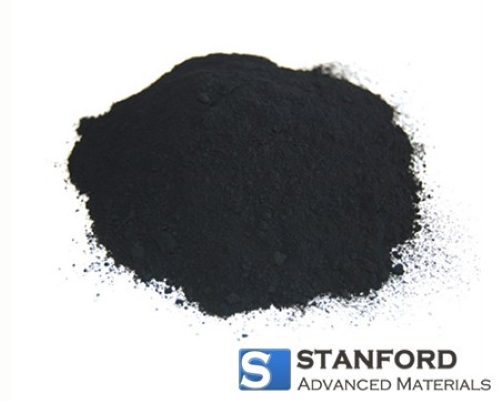
Pd/C catalysts are used in hydrogenation reactions, particularly in the hydrogenation of alkenes and other unsaturated compounds. The active sites on palladium promote the adsorption of hydrogen molecules, which are then activated and transferred to the substrate to carry out the required reaction. The high thermal stability of carbon and its relatively low cost render it a favoured material in many chemical and pharmaceutical laboratory processes.
A significant advantage of Pd/C is its straightforward regeneration. Following deactivation, the catalyst can be reused by reactivating it with hydrogen or by treating it with oxygen to remove surface contaminants. This property permits the catalyst to be applied over several cycles, thereby reducing operational costs.
2. Palladium on Aluminium Oxide (Pd/Al₂O₃)
Palladium on Aluminium Oxide (Pd/Al₂O₃) is another widely used catalyst system, particularly in industrial contexts such as petroleum refining and the manufacture of fine chemicals. Aluminium Oxide (Al₂O₃) is a support material that provides a large surface area, sound mechanical strength and good thermal stability. These properties render it appropriate as a support for palladium in catalytic reactions that require high temperatures.
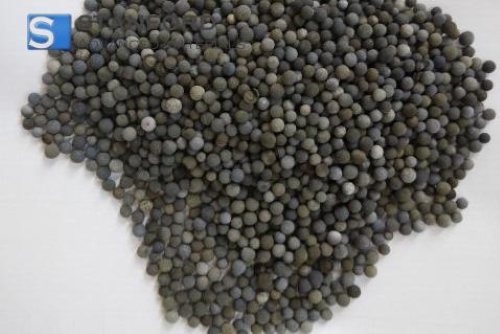
The surface properties of aluminium oxide, such as its acid–base characteristics, can affect the activity of the palladium catalyst. Aluminium oxide supports may undergo various treatments to improve their interaction with palladium and thereby optimise performance in specific reactions. For instance, the oxide can be impregnated with certain promoters or modifiers to enhance selectivity, stability and resistance to deactivation.
Pd/Al₂O₃ catalysts are employed in hydrogenation reactions, particularly in the manufacture of fine chemicals and pharmaceuticals. They are also used in automotive exhaust catalysts to reduce harmful emissions. Given the high thermal stability of aluminium oxide, Pd/Al₂O₃ catalysts perform effectively under the demanding operational conditions that apply in these processes.
3. Comparison of Pd/C and Pd/Al₂O₃
Although both Pd/C and Pd/Al₂O₃ are commonly used supports for palladium, they differ in several important aspects that influence their suitability for various applications:
- Surface Area and Dispersion:
Pd/C generally provides a larger surface area and better dispersion of palladium particles due to the porous nature of carbon. Consequently, Pd/C is more effective in reactions where maximised surface exposure is necessary, such as hydrogenations. In contrast, Pd/Al₂O₃ typically offers a smaller surface area and may result in a less uniform distribution of palladium.
-- Thermal Stability:
Aluminium oxide exhibits better thermal stability than carbon. Consequently, Pd/Al₂O₃ catalysts are more suitable for high-temperature reactions, such as those encountered in petroleum refining. Carbon, although thermally stable within moderate ranges, risks decomposition at elevated temperatures, thereby restricting its use under such conditions.
- Regeneration and Reusability:
Pd/C catalysts can be regenerated by treatments involving hydrogen or oxygen activation. In contrast, Pd/Al₂O₃ catalysts may require more intricate regeneration processes. In some applications, Pd/Al₂O₃ catalysts demonstrate enhanced long-term stability, particularly at elevated temperatures and under harsh reaction conditions.
-- Cost and Availability:
Carbon is generally less expensive and more readily available than aluminium oxide. Consequently, Pd/C catalysts are often more cost-effective for many laboratory and industrial processes. In more demanding industrial applications, however, the durability and thermal stability of Pd/Al₂O₃ may justify its higher cost.
4. Other Support Materials for Palladium Catalysts
In addition to carbon and aluminium oxide, several other materials can serve as supports for palladium catalysts, depending on the specific requirements of a reaction. Some of these materials include:
- Silica (SiO₂): Silica is a common support for palladium in reactions that require a large surface area and porosity. Palladium catalysts on silicon dioxide supports are used for reactions such as oxidation and dehydrogenation.
- Zirconia (ZrO₂): Zirconia is utilised in reactions demanding high thermal stability and resistance to chemical attack. Pd/ZrO₂ catalysts are employed in high-temperature hydrogenations and fuel cell applications.
- Magnesia (MgO): Magnesium oxide is used as a support in reactions that require basic catalytic properties. Pd/MgO catalysts have proven effective in various coupling reactions, including cross-couplings and couplings with aromatic compounds.
- Activated Clay and Other Metal Oxides: In some cases, palladium is deposited on activated clay or a blend of metal oxides to improve its performance in reactions such as oxidation or selective hydrogenation.
Each of these materials offers specific benefits in terms of surface chemistry, mechanical properties and stability, thereby making them suitable for a range of catalytic applications. Further details are available at Stanford Advanced Materials.
Conclusion
The selection of a support material plays a decisive role in determining the performance of a palladium catalyst. Palladium on Carbon (Pd/C) and Palladium on Aluminium Oxide (Pd/Al₂O₃) are two popular supports that offer different advantages depending on the application. Pd/C is particularly effective for hydrogenation reactions and permits simple regeneration, whereas Pd/Al₂O₃ is better suited for high-temperature processes and offers improved long-term stability.
Other support materials, including silicon dioxide, zirconia and magnesium oxide, are also important for specific catalytic applications and provide tailored properties to optimise catalytic activity. Understanding the distinct roles of these support materials aids in selecting the most effective palladium catalyst for a given reaction, thereby enhancing the efficiency and sustainability of chemical processes.

 Bars
Bars
 Beads & Spheres
Beads & Spheres
 Bolts & Nuts
Bolts & Nuts
 Crucibles
Crucibles
 Discs
Discs
 Fibers & Fabrics
Fibers & Fabrics
 Films
Films
 Flake
Flake
 Foams
Foams
 Foil
Foil
 Granules
Granules
 Honeycombs
Honeycombs
 Ink
Ink
 Laminate
Laminate
 Lumps
Lumps
 Meshes
Meshes
 Metallised Film
Metallised Film
 Plate
Plate
 Powders
Powders
 Rod
Rod
 Sheets
Sheets
 Single Crystals
Single Crystals
 Sputtering Target
Sputtering Target
 Tubes
Tubes
 Washer
Washer
 Wires
Wires
 Converters & Calculators
Converters & Calculators
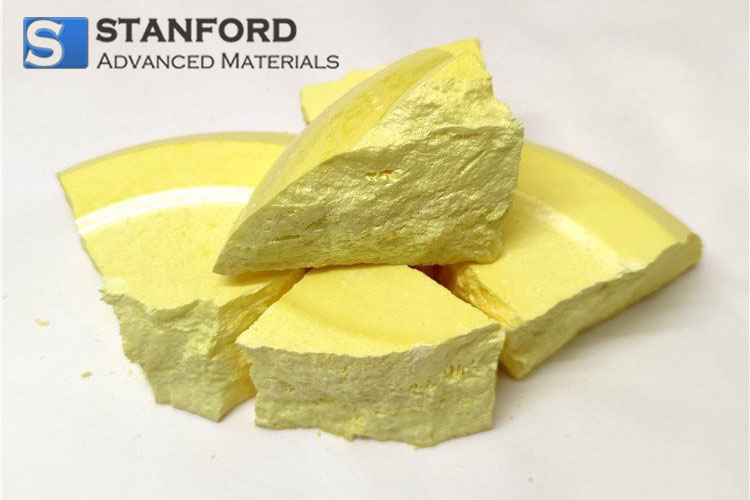
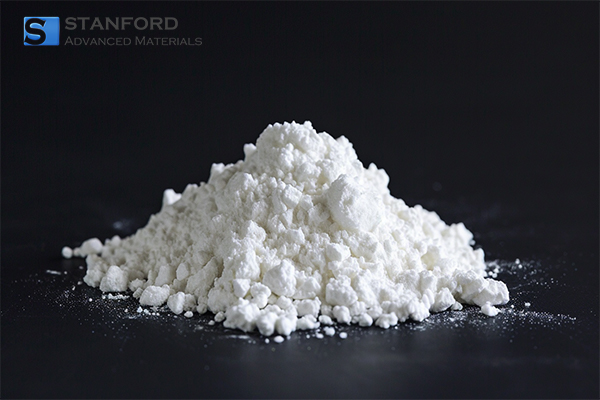


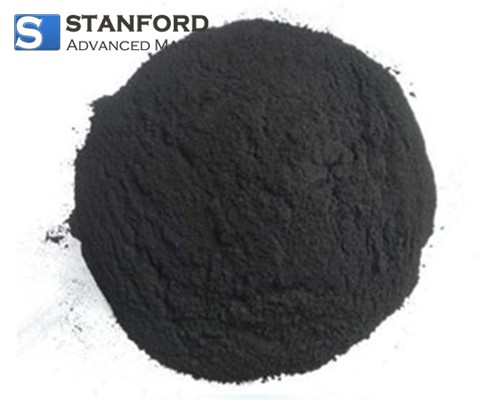
 Chin Trento
Chin Trento



